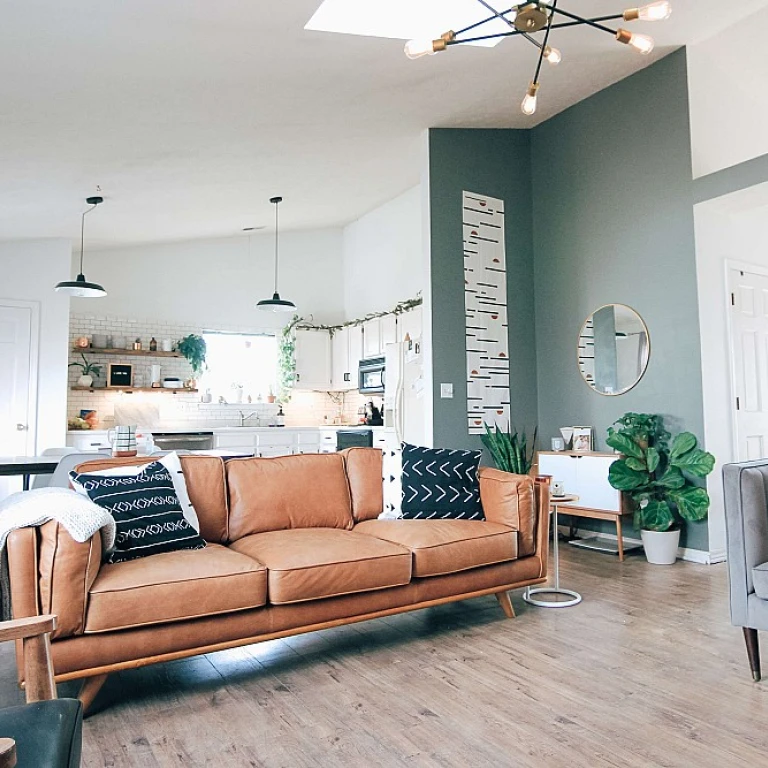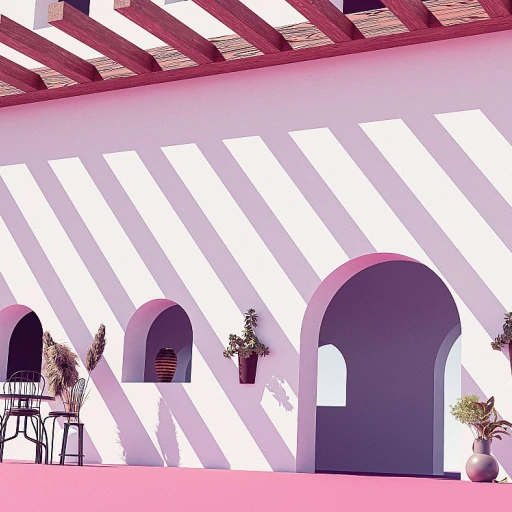
Understanding Sustainable Design
Sustainable Design: A Foundation for Eco-Friendly Practices
In recent years, sustainable design has become a cornerstone in efforts to reduce environmental impact, especially in marketing. It's not just a buzzword, but a necessity to mitigate climate change and promote eco-friendliness. At its core, sustainable design is about creating products and environments that are environmentally responsible and resource-efficient throughout their lifecycle. One of the primary aspects of sustainable design is its focus on the conservation of resources and minimizing waste. By choosing renewable or recycled materials, designers can significantly reduce the carbon footprint associated with production and disposal. This aligns with the overarching goal of sustainability, which is to meet present needs without compromising the ability of future generations to meet theirs. Furthermore, energy efficiency plays a crucial role. By designing systems and products that consume less energy, or by incorporating renewable energy sources, such as solar panels, you contribute to a reduction in global energy consumption. For example, employing innovative techniques—like modular design—can make a substantial difference in achieving energy efficiency. However, sustainable design is not without its challenges. It requires a balance of aesthetics, functionality, and environmental considerations, which can sometimes lead to higher initial costs. Yet, the investment often yields long-term savings and benefits, not only economically but environmentally as well. The future of sustainable design is promising as more designers and companies recognize its importance. As technology advances, we can expect new materials and techniques that make sustainable design more accessible and efficient, ensuring that it's not just a trend, but a considerable part of our design philosophy moving forward.Materials and Resources
Utilisation responsable des matériaux durables
La première étape vers un design durable est la sélection de matériaux qui non seulement répondent aux besoins esthétiques et fonctionnels, mais qui sont également respectueux de l'environnement. Ces matériaux incluent des ressources recyclées, renouvelables et souvent biodégradables. Par exemple, l'utilisation de bambou dans l'ameublement ou le choix de coton biologique pour les textiles permet de réduire l'empreinte carbone.Ressources renouvelables et recyclables
Afin de mettre en œuvre une conception véritablement durable, il est crucial d'intégrer des ressources qui peuvent être renouvelées ou recyclées. Cela implique souvent une étude détaillée des options disponibles et de leur cycle de vie. Les produits en plastique recyclé et les métaux réutilisés sont des exemples de matériaux qui diminuent la nécessité d'extraire de nouvelles ressources naturelles, ce qui participe à la préservation des écosystèmes.Sourcing éthique et chaîne d'approvisionnement transparente
Outre le choix des matériaux, la chaîne d'approvisionnement joue un rôle essentiel dans la conception durable. Il est important de s'assurer que les matériaux proviennent de sources responsables et sont produits dans des conditions de travail équitables. Un sourcing éthique contribue non seulement à un design respectueux de l'environnement mais aussi à des pratiques commerciales durables. En explorant ces aspects, nous progressons vers un design plus écologique et conscient. Ces efforts peuvent aussi stimuler l'innovation en design et encourager les consommateurs à privilégier des choix plus durables.Energy Efficiency in Design
Maximizing Energy Efficiency in Design
In the realm of sustainable design, energy efficiency is a cornerstone that cannot be overlooked. As businesses and designers strive to create products that are not only durable but also environmentally friendly, the focus on reducing energy consumption during the design process becomes paramount. This approach not only benefits the planet but also aligns with the growing consumer demand for sustainable products.
One effective strategy is to incorporate energy-efficient practices from the very beginning of the design process. This includes selecting materials that require less energy to produce and process. For instance, opting for recycled or upcycled materials can significantly cut down on the energy footprint of a product. Additionally, designing products that are easy to maintain and repair can extend their lifespan, reducing the need for frequent replacements and thus conserving energy over time.
Moreover, the integration of energy-efficient technologies in the production phase can further enhance the sustainability of a design. Utilizing renewable energy sources, such as solar or wind power, in manufacturing facilities can drastically reduce the carbon footprint associated with production. This aligns with the principles of the circular economy, as advocated by organizations like the Ellen MacArthur Foundation, which emphasize the importance of minimizing waste and maximizing resource efficiency.
Designers also need to consider the energy consumption of the products themselves. Creating products that consume less energy during their use phase can lead to significant environmental benefits. For example, in the fashion industry, designing clothing that requires less frequent washing or can be air-dried instead of machine-dried can contribute to energy savings.
Ultimately, the goal is to create a synergy between durable design and energy efficiency. By focusing on both physical and emotional durability, designers can ensure that products not only last longer but also maintain their appeal over time, reducing the overall consumption and energy use associated with frequent product turnover. This holistic approach to design not only supports sustainable business models but also meets the evolving expectations of consumers who are increasingly aware of their environmental impact.
Innovative Design Techniques
Embracing Creativity in Sustainable Design Practices
Innovation plays a pivotal role in cultivating sustainable design principles. By leveraging creative approaches, designers can significantly reduce environmental impacts while also meeting functional demands. Here are some inventive strategies to consider:- Biomimicry: By imitating natural processes and systems, designers can create products and environments that are both efficient and eco-friendly. This method encourages the exploration of nature-inspired solutions to resource management challenges.
- Adaptive Reuse: Utilizing existing structures and materials not only preserves resources but also reduces the energy consumption associated with new constructions. This practice promotes the extension of a product's life cycle by giving it a new purpose.
- Cradle-to-Cradle Design: This approach ensures that materials used in the design process can be fully reclaimed or re-utilized at the end of their life cycle. By focusing on continuous loops of regeneration, designers can minimize waste and enhance product sustainability.
- Modular Design: Creating products with interchangeable parts enables easier repair and upgrading, thus extending the usable life of the product. This method encourages a shift from a disposable culture to one of repair and longevity.
Challenges in Sustainable Design
Overcoming Obstacles in Eco-friendly Design
Incorporating sustainable design into marketing strategies poses several challenges, yet addressing these hurdles is crucial for minimizing ecological impact. As we explored the use of responsible materials and resources, it's essential to acknowledge that sourcing these materials often comes with logistical and financial issues. Many companies face difficulty in finding suppliers that offer eco-friendly options while maintaining cost-efficiency.
Energy efficiency, another core component, calls for advanced technology and innovative design techniques. These technologies are essential, but their implementation can be complex and costly, especially for businesses that are just beginning to embrace sustainability. For instance, ensuring energy-efficient lighting or HVAC systems in design layouts can initially lead to higher retrofitting costs.
The rapid pace of technological innovation further presents a double-edged sword. While new techniques and materials continually enhance sustainability, keeping up with these advancements demands constant investment and adaptation, which can be burdensome for smaller entities.
Additionally, regulatory constraints and industry standards play a significant role. Stricter regulations might drive progress in sustainable design, but they can also create compliance challenges that require businesses to invest time and resources to meet necessary criteria.
Consumer expectations also add to the pressure. With increasing awareness, customers demand transparency and authenticity in sustainability claims, necessitating accurate and honest marketing that doesn't overpromise or mislead. Building trust is essential, yet it requires diligence and clear communication.








